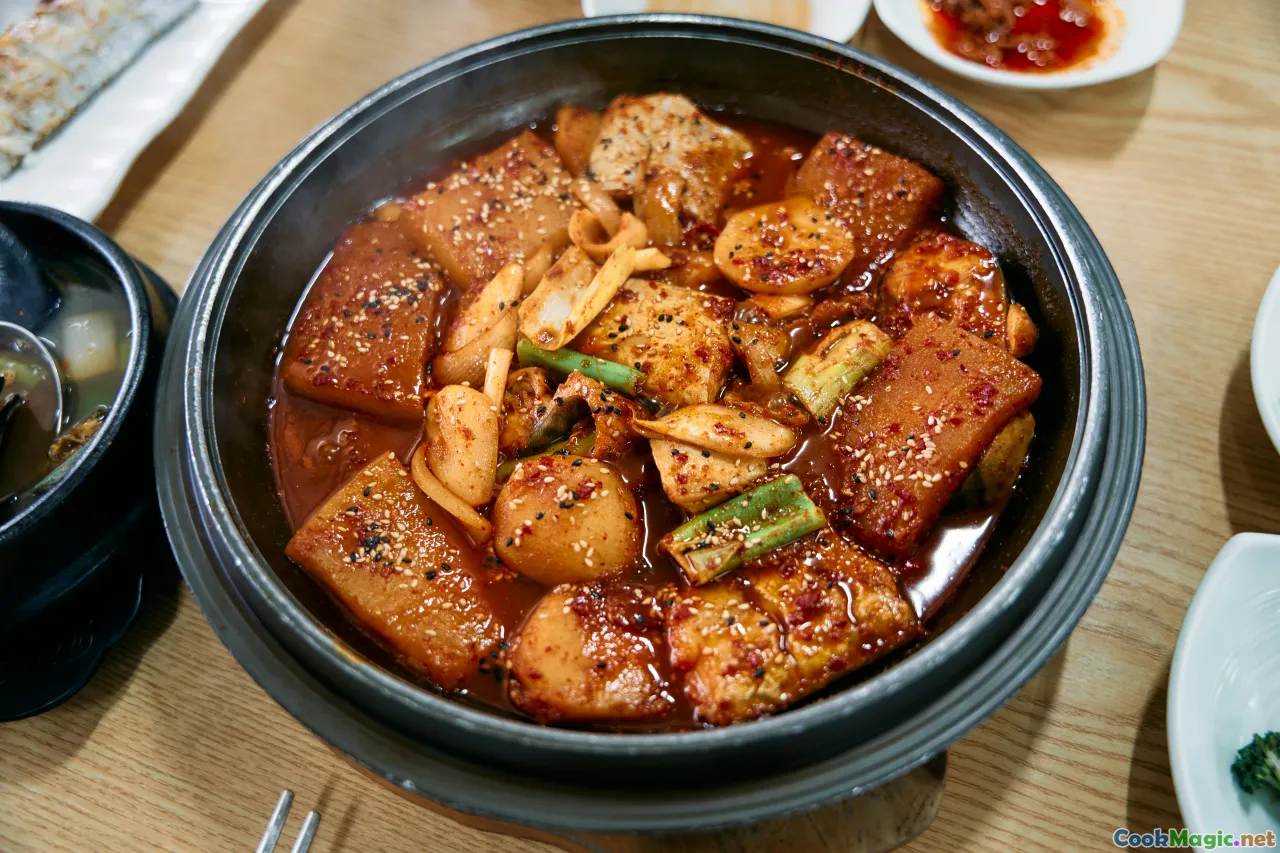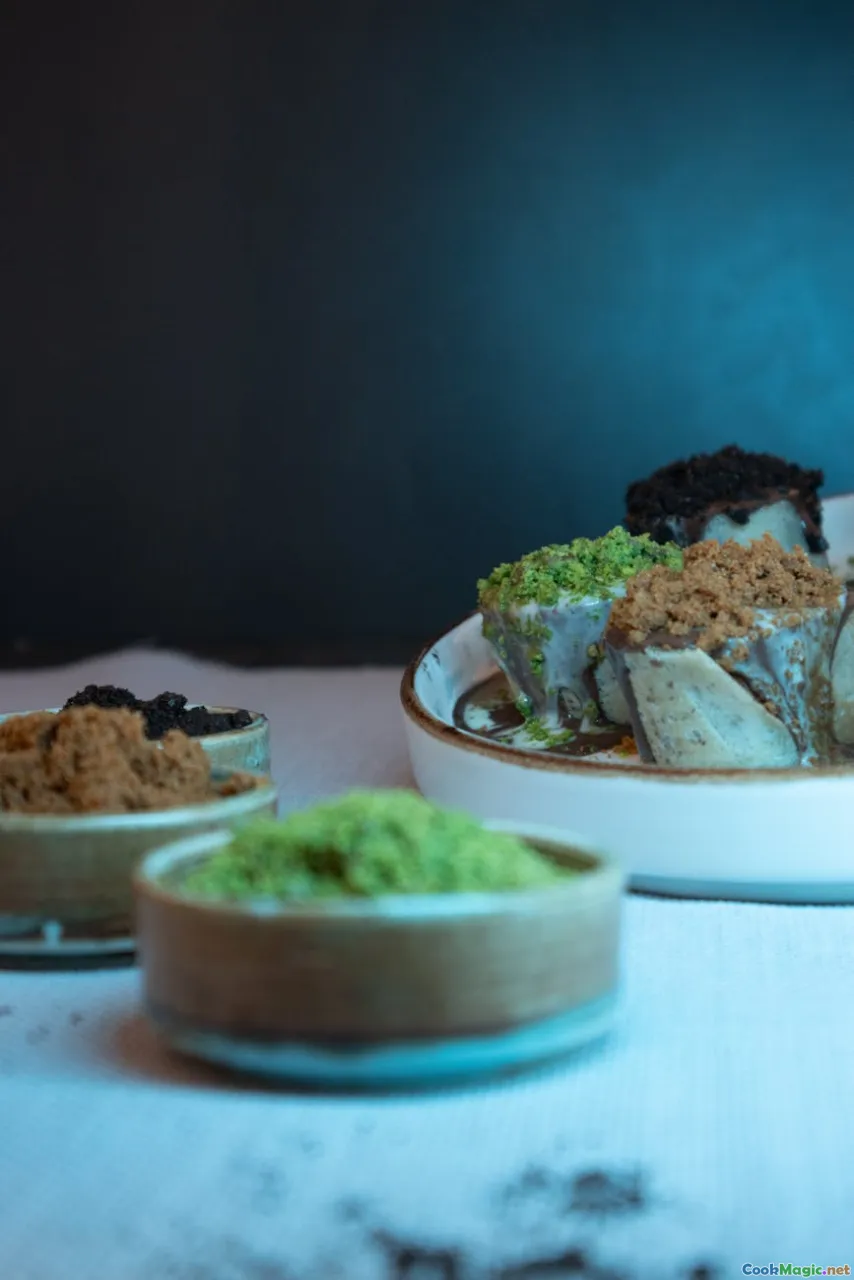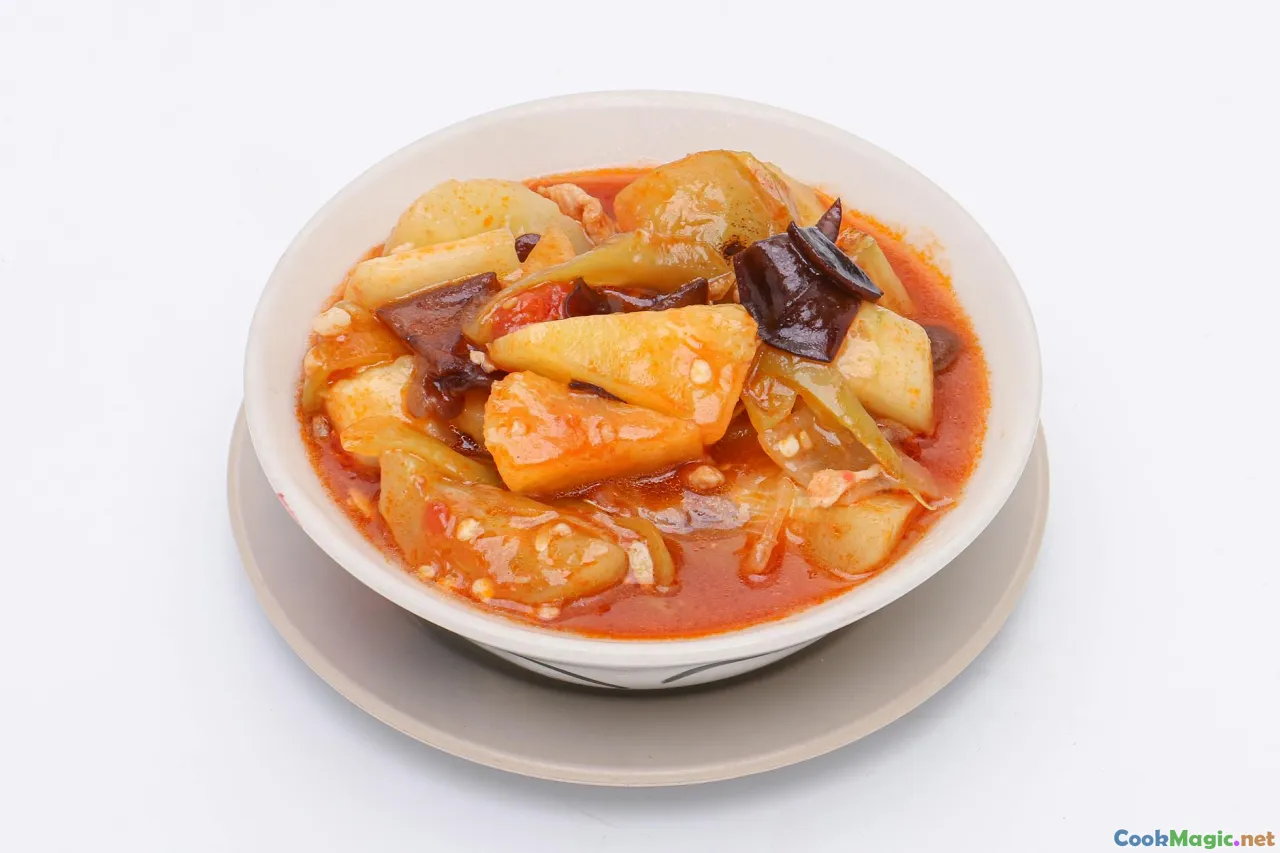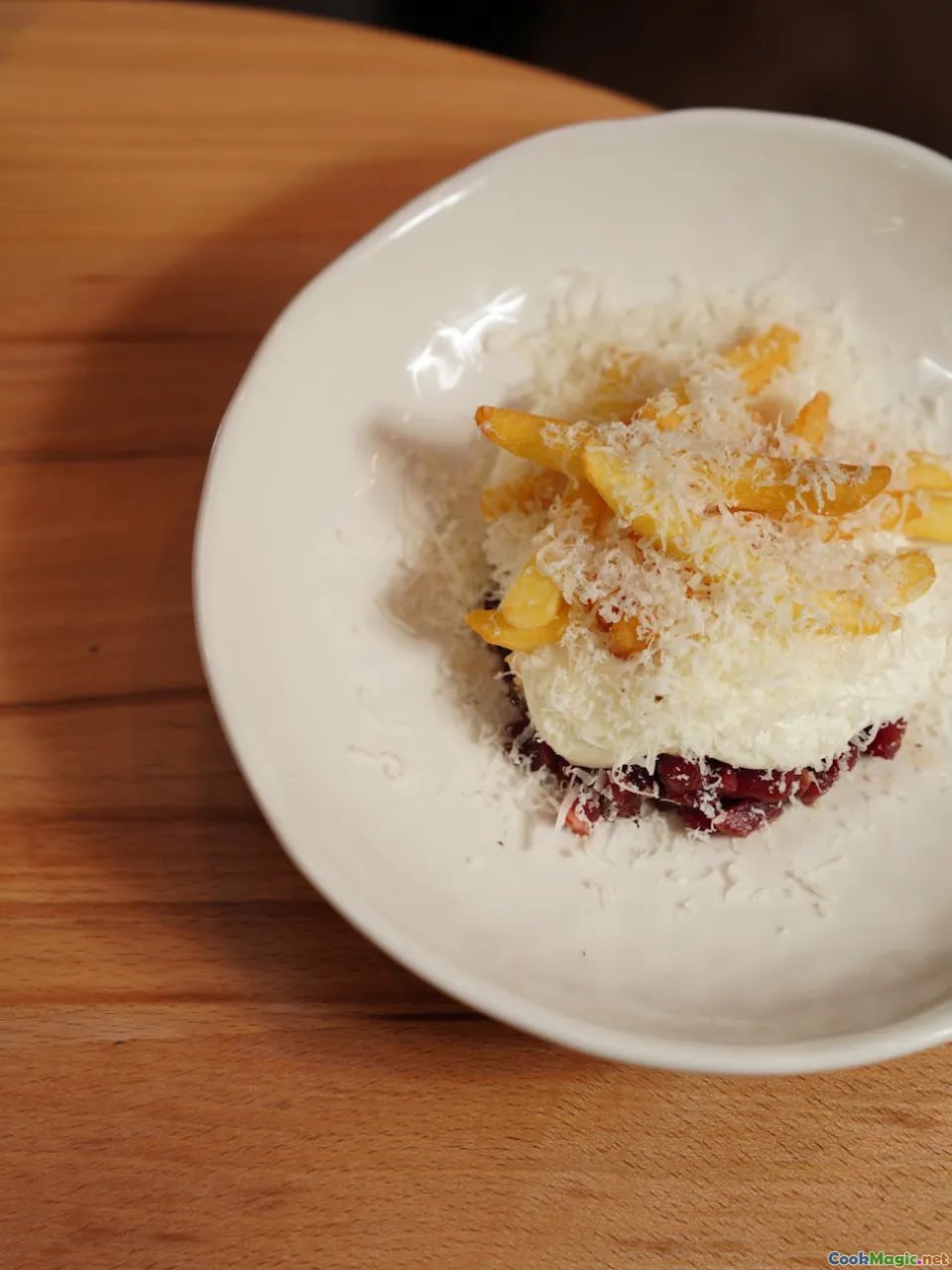How to Balance Sweet and Spicy in Pan Asian Fusion
10 min read Discover expert tips on harmonizing sweet and spicy flavors to create balanced and delicious Pan Asian fusion dishes. July 22, 2025 03:05
How to Balance Sweet and Spicy in Pan-Asian Fusion
Imagine walking through a lively street market in Bangkok at dusk, the air thick with the intoxicating aroma of caramelized sugar mingling with fiery chili peppers. Chinese five-spice stars shine from simmering broths, while Thai bird's eye chilies punctuate vibrant salads. This sensory dance is the heart of Pan-Asian fusion—an artful blend of flavors that intertwines sweetness and spice into a harmonious symphony.
Balancing sweet and spicy in Pan-Asian cuisine is akin to balancing a delicate musical composition—each note must complement rather than overpower the others. It’s a culinary alchemy rooted in centuries of cultural exchange, local ingredients, and a shared love for bold, complex flavors. Whether you’re recreating a beloved dish at home or elevating a restaurant menu, mastering this balance unlocks layers of depth and satisfaction that keeps diners returning for more.
In this comprehensive exploration, I’ll guide you through the core principles, share personal insights, examine iconic dishes, and offer practical tips to help you establish perfect harmony between sweet and spicy in your own Pan-Asian culinary creations.
Understanding the Cultural Roots of Sweet and Spicy Flavors in Pan-Asian Cuisine

Pan-Asian cuisine is not a monolith but a vibrant mosaic of cultures, each with unique traditions and flavor profiles. Chinese cuisine leans into subtle sweetness—are we not always reminded of fragrant dim sum baskets stacked high with sticky rice and honey-glazed char siu? Thailand, a spice lovers' paradise, balances fiery chilies with hints of coconut sugar, balancing intense heat with lush sweetness.
Japanese cuisine operates on subtlety and umami but occasionally hints at sweetness through mirin and sake, offsetting flavors with a delicate touch. Korean dishes like gochujang—the spicy, fermented chili paste—combine heat with subtle sweetness from rice syrup. Vietnam’s pho broth melds cinnamon, star anise, and sugar, adding complexity.
Reflecting on how these varied traditions blend and influence each other, it becomes clear that the core of balanced flavor lies in respecting each culture’s palate while experimenting with new combinations. This cultural cross-pollination is the heartbeat of Pan-Asian fusion.
The Fundamental Principles of Balancing Sweet and Spicy

Achieving harmony between sweet and spicy isn’t about simply adding sugar or chili; it’s a precise dance of five key principles:
- Layering Flavors: Use multiple sources of sweetness (honey, coconut sugar, fruit) and spice (chilies, pepper, fermented chili paste) to develop depth.
- Adjusting Levels Gradually: Slowly increase or decrease sweetness and spice while tasting constantly. It’s easier to fine-tune than to fix overcompensation.
- Choosing the Right Ingredients: Fresh chili peppers versus dried or fermented; concentrated sweeteners versus fresh fruits—each brings distinct profiles.
- Incorporating Acid and Salt: Small touches of lime juice, rice vinegar, soy sauce, or fish sauce can round out flavors and prevent overpowering one another.
- Considering Texture: A sticky sauce coated evenly on tender meats or crisp vegetables can amplify the perception of sweetness, balancing fiery heat.
Think of it as balancing yin and yang—each influence must be present but never dominate.
Classic Pan-Asian Dishes exemplifying Sweet and Spicy Balance

Several iconic dishes showcase masterful harmony. Let’s analyze just a few:
Pad Thai
A beloved Thai street food, Pad Thai combines tangy tamarind, crunchy bean sprouts, and a dash of sugar—creating a sweet-savory base. Coated with chopped peanuts and fresh lime, just a touch of crushed dried chili elevates the spiciness without overwhelming. Achieving the perfect balance involves balancing the sourness of tamarind, sweetness of palm sugar, and heat of chilis.
Chinese Sweet and Sour Pork
A perfect storm of vinegar, sugar, ketchup, and ginger, then fried to crispy perfection. This dish exemplifies how sweet and spicy/sour enhancements create a complex palette, where the sugar’s sweetness tempers the tang of vinegar and chili flakes.
Korean Yangnyeom Chicken
Coated with a glaze of gochujang, honey, garlic, and sesame oil, this dish’s spicy-sweet envelope delivers both heat and mellow sweetness, resulting in an addictive bite.
By studying these dishes, chefs learn that the beauty of flavor harmony isn’t just in ingredient choice but also in the timing and method of integration.
Practical Tips for Achieving Perfect Balance in Your Kitchen

Now, how can you bring this culinary artistry to your own kitchen? Here are actionable strategies:
1. Start Small, Taste Often
In flavor balancing, your taste buds are your best guide. Begin with small quantities of chili and sugar—adjust gradually while cooking, tasting frequently.
2. Use Natural Sweeteners Wisely
Honey, coconut sugar, fruit puree, or palm sugar—not all sweetness is equal. Each imparts a different texture and flavor nuance. Experiment with blending to find your ideal profile.
3. Incorporate Acid and Salt
A splash of lime juice or rice vinegar can cut through sweetness and mellow heat, creating a more rounded taste. Likewise, soy sauce or fish sauce adds depth.
4. Layer Spices and Aromatics
Add garlic, ginger, and lemongrass upfront for background flavor, then adjust heat and sweetness at later stages.
5. Use Texture to Your Advantage
Crisp vegetables or crunchy toppings can add contrast, making the overall dish more balanced and satisfying.
6. Cultural Inspiration with a Personal Touch
Look at traditional recipes for guidance, then adapt with your preferred components but maintain the core balance.
Experimentation: Creating Your Own Pan-Asian Fusion Masterpieces

The artful blending of sweet and spicy lands on experimentation and personal expression. A few ideas:
- Spicy Mango Salsa with hints of honey and chili
- Thai-inspired fish cakes with a sweet chili dipping sauce
- Vietnamese grilled pork with a honey-garlic glaze and Sriracha drizzle
- Chinese five-spice glazed duck with a sweet plum-chili sauce
Record your experiments, adjust seasonings, and taste—over time, you’ll develop a personal palette for perfect harmony.
Final Thoughts
Achieving a perfect balance of sweet and spicy in Pan-Asian fusion isn’t a formula—it’s a fluid dialogue between ingredients, techniques, and cultural nuances. It’s about respecting tradition while daring to innovate. When you strike this balance, you’re crafting dishes that evoke a spectrum of sensory pleasures—from the initial fiery kick to the lingering sweetness that beckons the next bite.
As with all culinary pursuits, patience, curiosity, and a willingness to taste and adjust are your greatest tools. Embark on this flavor adventure with an open mind and a sharpened palate, and you’ll find yourself creating both harmonious and memorable Pan-Asian dishes that delight and surprise.
Happy cooking, and may your flavors always find the perfect harmony!









